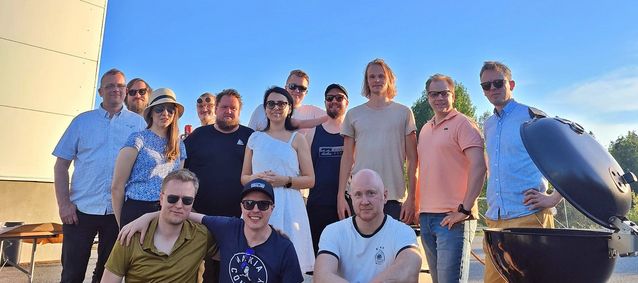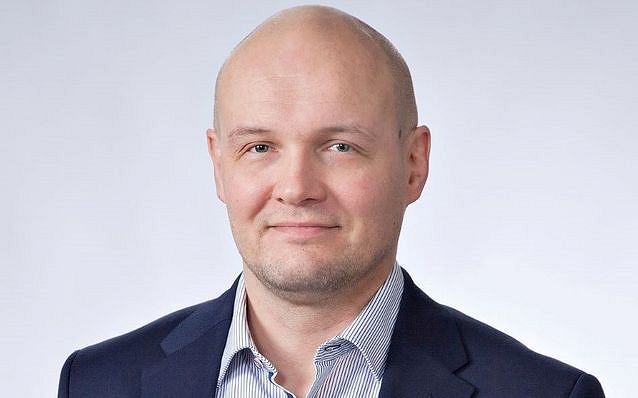Continuous improvement in its current form has been widely used for decades, and other companies must adapt if they want to remain competitive in the market. In the past, it was thought there were only two options: to use existing processes and equipment as they were when delivered or invest in new equipment. Models allowing continuous improvement introduced a third option: making more efficient use of existing assets by locating and removing all the waste in the production chain until the technical and theoretical limits of the equipment are reached. The key to this approach is understanding that it requires a long-term commitment from the company and local management to change in how the whole organisation operates. Continuous improvement is a dynamic and continuous process, not a single improvement project at the end of which people are satisfied and return to the old static state.
World Class Manufacturing’s guiding philosophy is Zero Loss. This refers to the idea that there are no losses, and all activities are only value-adding. For example, there should be no quality defects or unplanned production stoppages, and only the right quantity is produced at the right time. This process can only be achieved by getting the whole organisation involved, from the CEO to all levels of employees. Achieving a critical mass of committed people will ensure the conditions for continuous improvement take root in the organisation and all employees work to achieve the long-term objectives. The rest will follow after the results are seen.
To achieve the ideal process, the Infinity Loop concept is applied, the two main elements of which are maintenance and eradication of loss. The concept can be broken down into the following seven steps:
- Assessing and understanding the current situation
- Restoring the basic conditions in case of deviation
- Analysis of the root causes (of the losses)
- Elimination of root causes (of the losses)
- Development and implementation of new standards
- Improving standards
- Maintaining standards
Repeat.
The Infinity Loop cycle is a key concept in World Class Manufacturing which can be applied as “a story line” for continuous improvement. This brings us to the reflection in the title: what happens next in the Aurelia Turbines story?
Aurelia’s World Class story is now in the first stages of the Infinity Loop. We are growing our understanding of World Class Manufacturing and now it is becoming part of everything we do. Moreover, we are building the baseline standards for the whole operation, which will culminate in ISO 9001 certification later this year. But this is just the beginning of our story. As we start our serial production, we can use data (loss intelligence) to steer our development activities in line with the company’s strategy. Ultimately, the loop will close when, after eliminating the losses, new standards are introduced, and strong countermeasures ensure that losses do not recur. But the loop continues to take again another eradication cycle.
There is no one right way to ‘make continuous improvements’, but there are certain things that will allow them to be developed and embedded into a successful business culture. These include:
- Engaging employees in the development process
- Long-term commitment from management
- Skills training throughout the organisation
- Monitoring results and recognition of even small achievements
- Monitoring and evaluating own performance
- Systematic implementation of the company’s strategy in practice
- Patience!
I hope that this series of articles has given you at least some insights into Aurelia Turbines’ activities and the concept of continuous improvement in general. This is the end of the series on Aurelia’s World Class Manufacturing, but the story continues...


